 I have to admit, I was dreading this post just a little bit. I figured I could come up with a topic for every other letter in this A to Z Challenge but X was a stumper. Could I have done an Xtra Ordinary post and slide on by? Yeah probably but I wanted to try to talk about something that actually started with the letter x. Might not stay on topic but at least it would provide the fuel for the post.
I have to admit, I was dreading this post just a little bit. I figured I could come up with a topic for every other letter in this A to Z Challenge but X was a stumper. Could I have done an Xtra Ordinary post and slide on by? Yeah probably but I wanted to try to talk about something that actually started with the letter x. Might not stay on topic but at least it would provide the fuel for the post.
I thought about doing something about X-Ray vision, seeing a good shot through the organized chaos of nature but I thought I wanted to write something with a message. If you’ve read a few of my posts, you know there’s usually a message in there somewhere. A lot of time the message is to get out there and make a difference somehow for nature and wildlife. If no one ever sees something, how can they commit to save it? So a lot of my posts encourage you to show the beauty of nature in hopes that it ignites a flame not only in you but in the people that see your work.
Which brings us to the Xerces butterfly. If you don’t know the story of the Xerces Blue butterfly you’ll probably understand the messages I put in my posts once you do.
Now, I’m not much for making bets but I wager you’ve never filmed the Xerces Blue. For one you would have to be In the San Francisco bay area and the other is that it went extinct in the early 1940’s. The Xerces blue is believed to be the first American butterfly species to become extinct as a result of loss of habitat caused by urban development.
As urban development pushed farther and farther into the Xerces Blue’s habitat, did anyone notice that it was becoming harder to find? Did anyone even realty care?
The only way you and I will ever see one is to travel to a museum that happens to have a few specimens on display. Is this the way we want to share the wildlife that we are fortunate to film today with future generations?
Species are going extinct far faster than the rate generally accepted by science. Sadly, people are the reason. We go through the resources of this planet like there is an endless supply. We allow species to go extinct because they stand in the way of progress and it would either cost too much money to try and save them or impact development too much.
Where do we draw the line? Do we let a butterfly go extinct because we have other species that we can enjoy? What about elephants? Tigers? When do we say enough is enough. Can we even stop the extinction of species even if we wanted to? Have we crossed over the tipping point for our own survival as a species?
The man that captured the last known Xerces Blue thought that there would be more. He didn’t realize that he had caught the last known one.
There’s a lot I haven’t seen in this wonderful world but I can tell you this…
Seeing an elephant in the wild beats seeing one in a zoo any day! Seeing one stuffed in a museum is unthinkable as the only way to see these amazing creatures.
If you’re like me, you don’t have the ability to film elephants in the wild but I bet there are plenty of things you can film in your neck of the woods that could benefit from you pointing a camera at them.
Here in Iowa there can still be found Regal Fritillary butterflies and Fringed Prairie Orchids. I have an idea where I can find both but who knows if I will ever be able to film them. I hope that if I am lucky enough to find them and film them that it’s not the last footage taken of them and the footage can be used to get people motivated to do something to save them. Not trying isn’t an option.
And as always, shoot the ordinary and make it extraordinary!


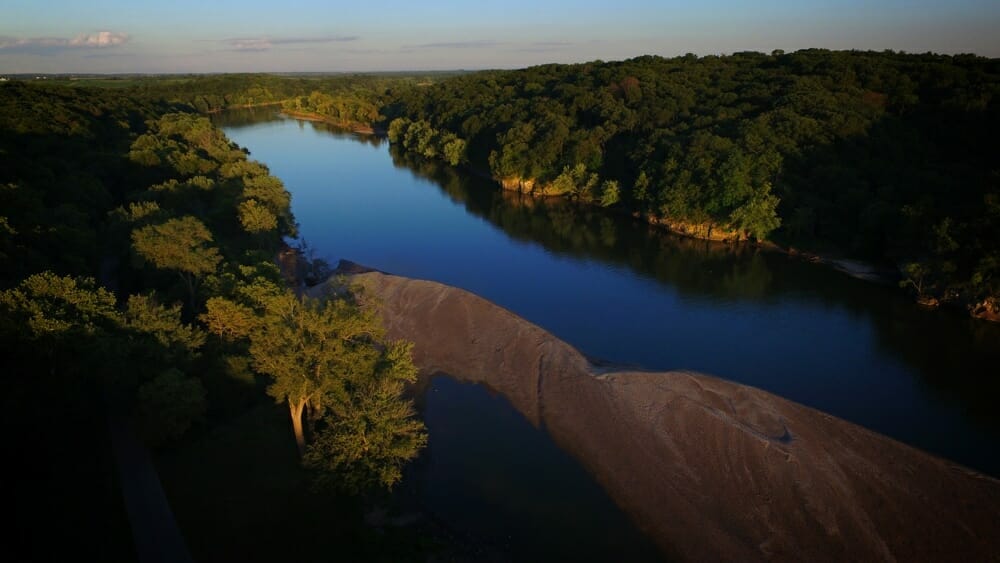

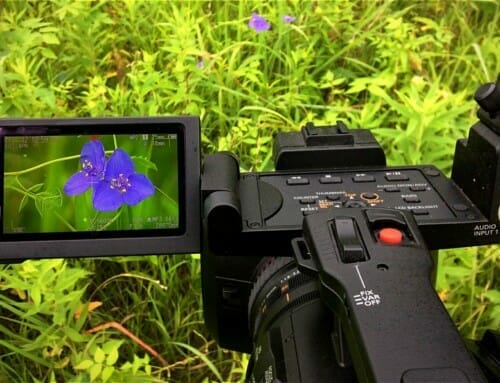

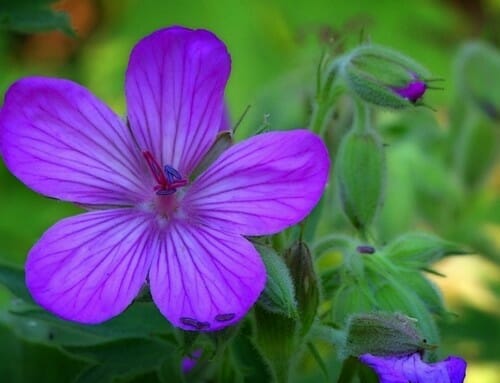

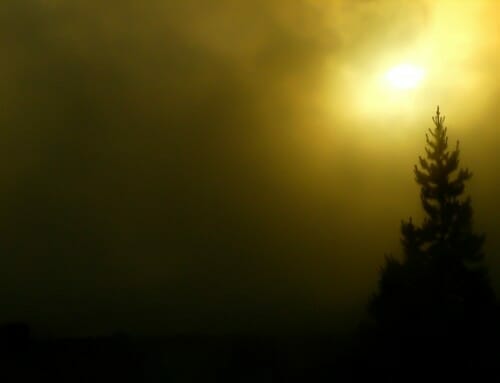
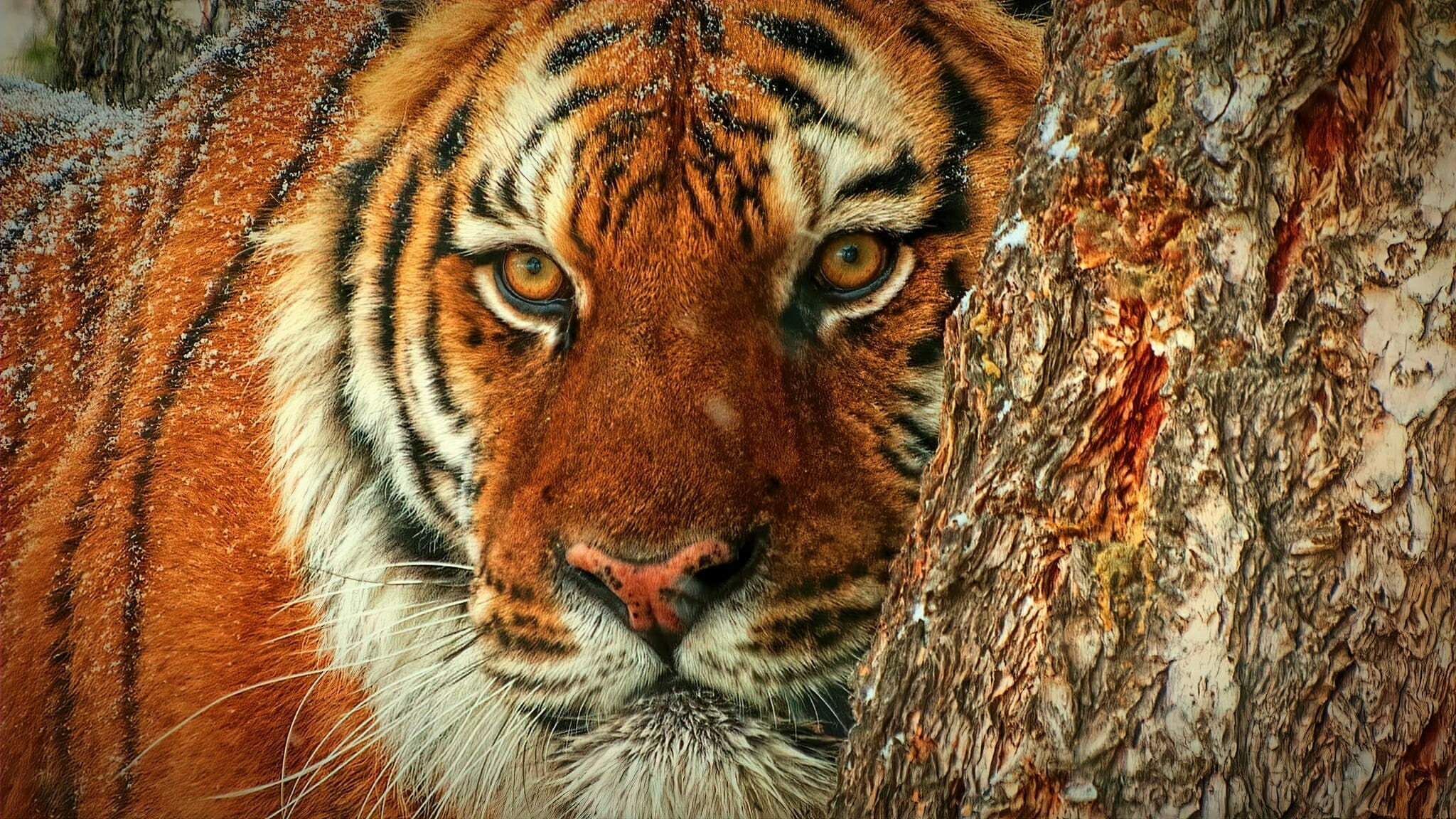
Beautiful photos and a good post although now I am completely depressed about the poor butterfly. Will share.
Thanks for stopping by and taking the time to leave a comment Lissa! I really appreciate it!
It’s sad to think so many species go extinct every year that I will never get a chance to see in person.
I don’t know if we can stop progress but maybe we can slow it down enough that we get a little more time with some species before they’re gone.